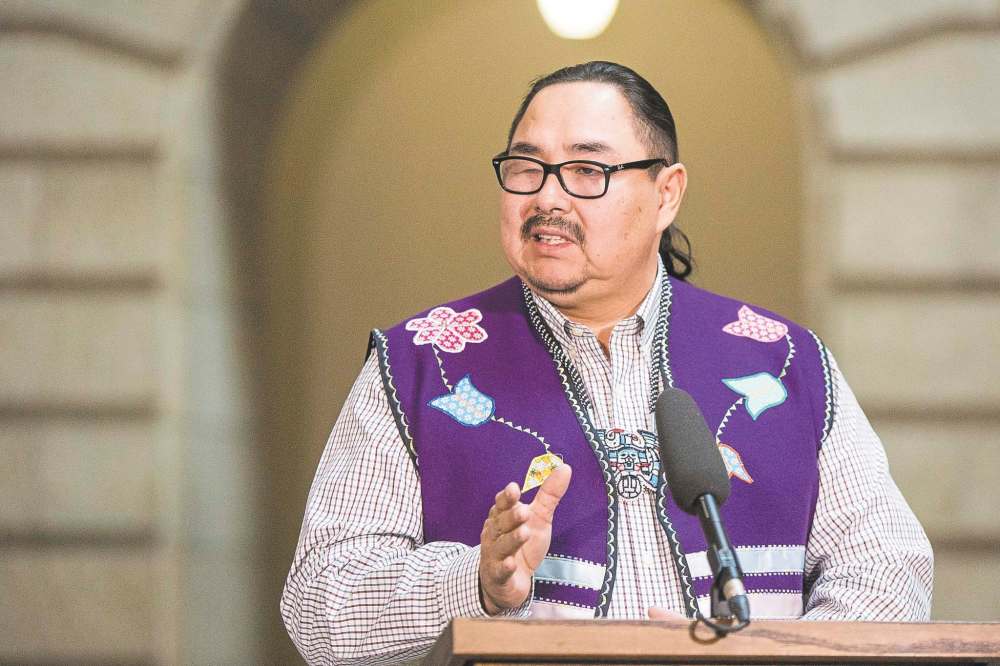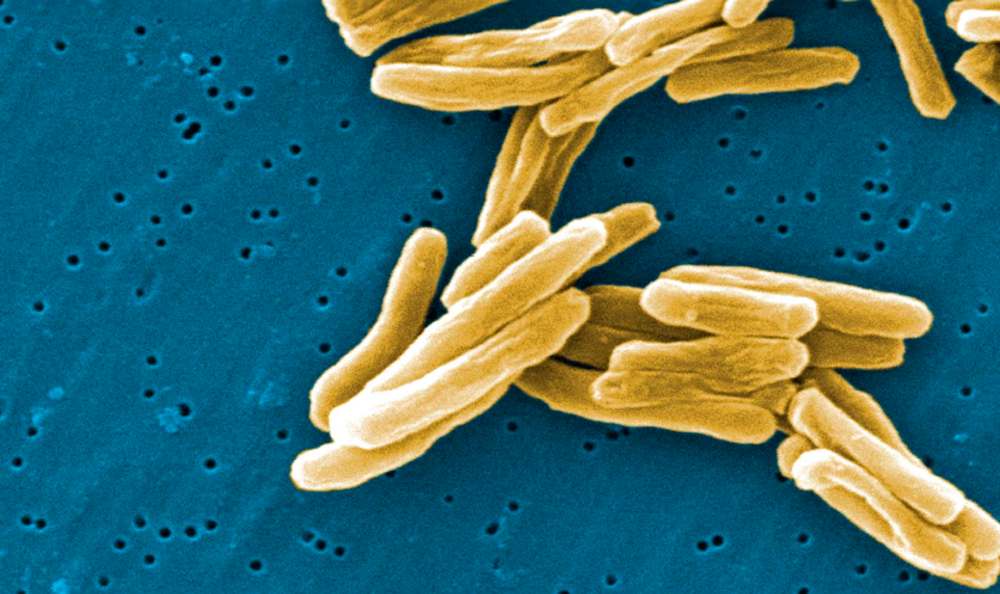Poverty, deprivation driving up TB rates among Manitoba First Nations: report
Advertisement
Read this article for free:
or
Already have an account? Log in here »
To continue reading, please subscribe:
Monthly Digital Subscription
$19 $0 for the first 4 weeks*
- Enjoy unlimited reading on winnipegfreepress.com
- Read the E-Edition, our digital replica newspaper
- Access News Break, our award-winning app
- Play interactive puzzles
*No charge for 4 weeks then billed as $19 every four weeks (new subscribers and qualified returning subscribers only). Cancel anytime.
Read unlimited articles for free today:
or
Already have an account? Log in here »
Hey there, time traveller!
This article was published 20/03/2019 (1862 days ago), so information in it may no longer be current.
It’s a treatable disease most developed countries have seen steadily decline but, in Manitoba, rates of tuberculosis have been on the rise.
In 2017, the rate of the contagious respiratory illness rose to 14 cases per 100,000 Manitobans, up from 8.5 cases per 100,000 recorded in 2000, the Public Health Agency of Canada reported last month.
First Nations people in Manitoba, with some of the highest rates of poverty in Canada, are most affected.

The rate for Canada as a whole dropped in 2017 to 4.9 cases per 100,000 from 5.7 cases per 100,000 in 2000.
Among Canadian-born non-Aboriginal people, the rate of TB is even lower. In 2017, TB rates fell to 0.5 cases per 100,000, from 1.2 cases per 100,000 in 2001.
In countries such as the United States and England, TB rates have also fallen in the last decade. In the U.S., tuberculosis rates fell to 2.8 per 100,000 in 2017 from 4.4 in 2010. In England, the rate of TB fell to 9.2 from 14.7 in 2010.
In Manitoba, First Nations people living on and off the reserve have been affected five to 10 times more than the population as a whole.
Global and local experts say a lack of decent housing and poverty are at the root of the problem.
“Poverty and deprivation create the breeding ground for tuberculosis,” says a report in the latest edition of The Lancet.
The March 10 article about the World Health Organization’s campaign to tackle TB says an estimated 16 million people die from tuberculosis and 10 million are infected with the disease, with about 36 million people undiagnosed or detected but not reported. The report includes a photo essay showing TB patients around the world, most in poverty-stricken regions that lack universal health care.
A rise in the number of TB cases in Manitoba — in a country where there’s supposed to be a system of health care for all — indicates gaps that need to be closed, health-care policy papers and First Nations leaders say.
“Strategies developed in collaboration with communities is what will eliminate TB in communities,” said Chief Sheldon Kent of Black River First Nation, who chairs the board of the First Nations Health and Social Secretariat of Manitoba.
The board is a regional, Aboriginal body involved in the planning and development of a unified health system in the province.
“There is lack of awareness regarding the burden of illness, as it pertains to TB among Indigenous people,” Kent said in an email. The province hasn’t acknowledged the social issues stemming from colonization and residential schools that are the major driver of TB for Indigenous people, he said.

“For example, due to overcrowding in First Nations communities, there can be 20 people living in one three-bedroom house and sharing one bathroom,” said Kent. “Food insecurity leads to nutritional deficiencies that make communities prone to developing TB. Those having existing medical conditions that affect the immune system are impacted.
“The inter-connected issues are many,” he said.
Since a 2014 report — titled Surveillance Update: Active Tuberculosis in Manitoba 2000-2012 Epidemiology and Surveillance Unit Public Health Public Health & Primary Health Care Division — was published, the province hasn’t publicly released any comprehensive TB statistics, said Kent.
In the U.S., there is a system for treating TB that targets and evaluates how well programs are measuring up, and rates there have fallen.
If Manitoba is ever going to eliminate TB, governments need to be sharing information and working proactively with First Nations communities rather than reacting to the disease, said Kent.
The Winnipeg Regional Health Authority did not respond to a request for comment.
carol.sanders@freepress.mb.ca

Carol Sanders
Legislature reporter
After 20 years of reporting on the growing diversity of people calling Manitoba home, Carol moved to the legislature bureau in early 2020.


